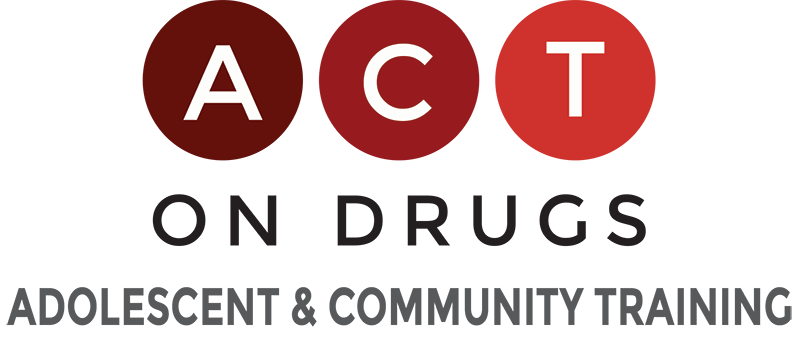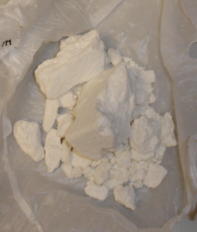Cocaine is an alkaloid extracted from the leaves of the Erythroxylon Coca plant that grows naturally in South America. Cocaine is a powerfully addictive drug. Once having tried cocaine, an individual may have difficulty controlling the extent to which he or she will continue to use the drug.
Cocaine can be snorted or injected. The smokable form of cocaine is called crack. It gets its name from the sound it makes when it is heated. The smoking of crack cocaine is very intense, the high is short-lived causing increased use.
Cocaine produces intense euphoria and alertness, makes users feel more energetic, and reduces hunger. Cocaine’s effects appear almost immediately after a single dose and disappear within a few minutes or hours. Cocaine fires up the central nervous system, constricts blood vessels, and increases body temperature, heart rate and blood pressure. Sudden death can occur the first time cocaine is used. Other effects induced by cocaine are alertness, increased self-esteem, aggression, dilated pupils, runny nose or nosebleeds, confusion, anxiety, fatigue, dry mouth, tremors, and paranoia.
As the drug effects wear off the temporary sensations of mastery are replaced by intense depression. The abuser will then “crash,” becoming lethargic and typically sleeping for several days.
Indicators of Cocaine use:
- Dry mouth
- Runny nose/ nosebleeds
- Dilated pupils
- Excited and talkative
- Increased alertness and self-esteem
- Increased physical activity
- Difficulty in concentrating
- Visual impairment
- Mood swings
- Compulsive behaviors (repeated hand washing, teeth grinding)
- Restless and aggressive behavior
- Agitation and combativeness
- Paranoia and hallucinations
Street Names / Slang terms Associated with Cocaine:
Blow, Flake, Powder, Coke, Dime, Rock, Snow White, Zooted, Snow, Candy Sticks, Yey, Coca, Bones, Crisscrossing, Geeked, Nose Candy, Trey, Connie, Rockette, Thing, llelo, White Girl, Yayo, Speedball, Basing, Geeker, Casper, Crack, Boulya, Yoda
Medical Complications of Cocaine Use
There are significant medical complications associated with the use of cocaine. The risk of heart attack is increased by a factor of 24 during the 60 minutes after the use of cocaine, unrelated to the amount ingested. Up to 25% of patients seen in urban Emergency Rooms for evaluation of chest pain have detectable amounts of cocaine in the urine. Heart attack is a known complication.
Regularly snorting cocaine can lead to loss of sense of smell, nosebleeds, problems with swallowing, hoarseness, and damage (perforation) to the nasal septum. Ingested cocaine can cause severe bowel gangrene due to reduced blood flow to the intestine. Persons who inject cocaine have puncture marks and “tracks” most commonly in their forearms and are at high risk of infection.
In some people a potentially dangerous interaction between cocaine and alcohol may occur. Taken in combination the two drugs produce a sense of increased and prolonged euphoria. However, some users produce large amounts of cocaethylene when consuming cocaine and alcohol in combination. Cocaethylene has a long duration of action, is more toxic than either drug alone, and may cause severe heart and liver problems.
Cocaine is being laced with Lavamisole, an anti-worming medication for animals, which is said to increase the euphoric effects of cocaine. However, it can also cause a painful skin rash due to vascular obstruction leading to necrosis of the tissue.
Effects on the Fetus
Cocaine has devastating effects on the fetus. The exposed fetus does not grow appropriately, is born prematurely and is likely to have problems related to blockage of blood vessels, including stroke, intestinal perforation or blockage, limb abnormalities. Addicted mothers are at risk of rupturing their uterus at the time of delivery.



